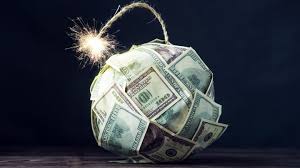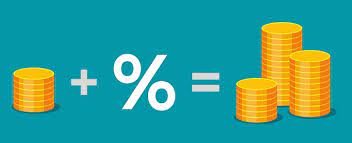The cause and nature of the recession are both obvious and ambiguous. A recession is essentially a series of simultaneous business failures. Businesses are forced to reallocate resources, reduce production, limit losses, and in many cases lay off staff. The recession has these obvious reasons. There are many theories about why multiple business failures occur, why they happen at the same time, and how to avoid them.
Economists disagree on the answers to these questions, and many hypotheses have been proposed to explain them.
Signs of Recession at the Macroeconomic and Microeconomic Levels

According to the traditional macroeconomic definition, a recession is defined as two consecutive quarters of negative GDP growth. When this happens, private companies typically scale back production to reduce their exposure to systemic risk. If aggregate demand falls, measurable investment and spending will undoubtedly fall, putting downward pressure on prices. Companies lay off workers to cut costs, leading to a drop in GDP and a rise in unemployment.
During a microeconomic recession, corporate profit margins shrink. When sales decline, whether through investment or sales, companies try to eliminate inefficient processes. For example, a company may stop producing low-margin products or reduce employee wages. It can also renegotiate with lenders for temporary interest relief. Unfortunately, falling profit margins could force companies to lay off less productive employees.
Various financial and real economy factors play a role in every recession.
Cause of the Recession
The main economic theories of recessions focus on the financial and fundamental economic variables that can cause businesses to fail, which are characteristic of recessions. Some theories focus on long-term economic events that set the stage for the years leading up to recessions. Some look at the obvious when a recession hits. One or more of these reasons may play a role in any given recession.
During the 2007-2008 U.S. financial crisis, financial factors played a role in sinking the economy into recession. Excessive borrowing and debt and risky lending from marginal borrowers can lead to a large accumulation of risk in the financial system. The banking industry and the Fed can amplify the cycle by increasing the availability of credit and money in the economy and fueling dangerous asset price bubbles.
On the eve of a recession, artificially lower lending rates can distort the connection between businesses and consumers. It works by making interest-rate-sensitive business ventures, investments and spending decisions, like buying a bigger home or starting a risky long-term business development, that are far more attractive than they should be. The failure of these policies to reflect reality when interest rates rise is a major factor behind the wave of business failures that mark a recession.
Interest Expense

Interest rates are an important link between the purely financial sector and the real-world preferences and decisions of companies and customers.
Economic Factors
In addition to financial accounts and market psychology, changes in the reality of economic fundamentals play an important role in recessions. Some economists have blamed the recession entirely on basic economic shocks, such as the collapse of supply chains and the resulting damage to various businesses.
Shocks to major industries such as transportation or energy can have such widespread effects that they force numerous companies across the economy to simultaneously cancel and cut investment and hiring plans, affecting employees, customers and the stock market.





